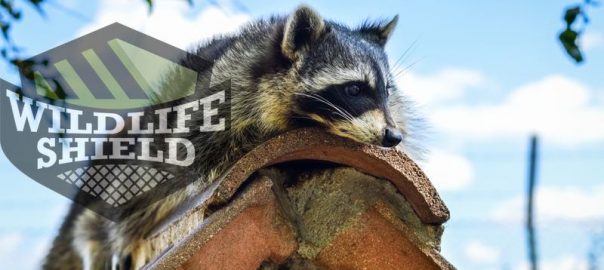Attic Cleaning After Raccoon Invasion

Discovering a raccoon in your attic is distressing. Aside from the fact that they are noisy, they are also destructive. They can tear apart your insulation, damage wooden beams, and even damage sheetrock with their urine. After raccoon removal, you will have a lot of cleaning and restoration on your hands. It is important that you understand how to tackle attic cleaning after raccoons have invaded.
Raccoon Waste
Once you poke your head into the attic, you will find plenty of feces and urine. The urine tends to harden and almost crystallize on the insulation, which damages it. You must remove all heavily soiled and damaged insulation.
You should never touch feces and urine with your bare hands, nor should you breathe it in. Gloves and a mask are highly recommended. A professional will usually wear protective gear to avoid bacteria carried in raccoon feces and urine.
Keep in mind that raccoon feces can carry up to 42 diseases that can affect human health if physically handled or ingested. For instance, feces may carry:
- Roundworm – Can cause liver enlargement, fatigue, nausea, blindness, coma, and death in some cases.
- Campylobacter infection – Leads to muscle pain, nausea, vomiting, diarrhea, abdominal pain, and fever.
- Leptospirosis – Symptoms typically include a headache, high fever, muscle pain, chills, abdominal pain, nausea, vomiting, red eyes, and jaundice.
Though you may see DIY recommendations for removal, it is best to allow a professional to remove raccoon waste. In fact, you should allow a professional to handle all cleaning and restoration to avoid unnecessary illness and infection.
Cleaning and Restoration Steps
Typically, a professional will use a vacuum to remove smaller droppings. Larger sized droppings are picked up by hand and disposed of properly. Any heavily soiled insulation will be removed from your attic and disposed of, too.
The professional will then fog the attic with a sanitizing antimicrobial spray. The spray kills off any bacteria or fungi that might exist in your attic because of raccoon waste. Any signs of nesting materials will also be removed.
The professional attic insulation removal service will go through and remove any food and other forms of waste the raccoon kept stored in your attic. The person handling the cleaning will wear gloves and perhaps even a suit to protect the skin, eyes, nose, and mouth from possible contamination.
If you suspect a raccoon invasion in your attic, call in a professional to have the critter removed. Afterward, allow the professional to handle any necessary cleaning and restoration. The DIY approach is not recommended as it may cause you to contract serious or even deadly illnesses.